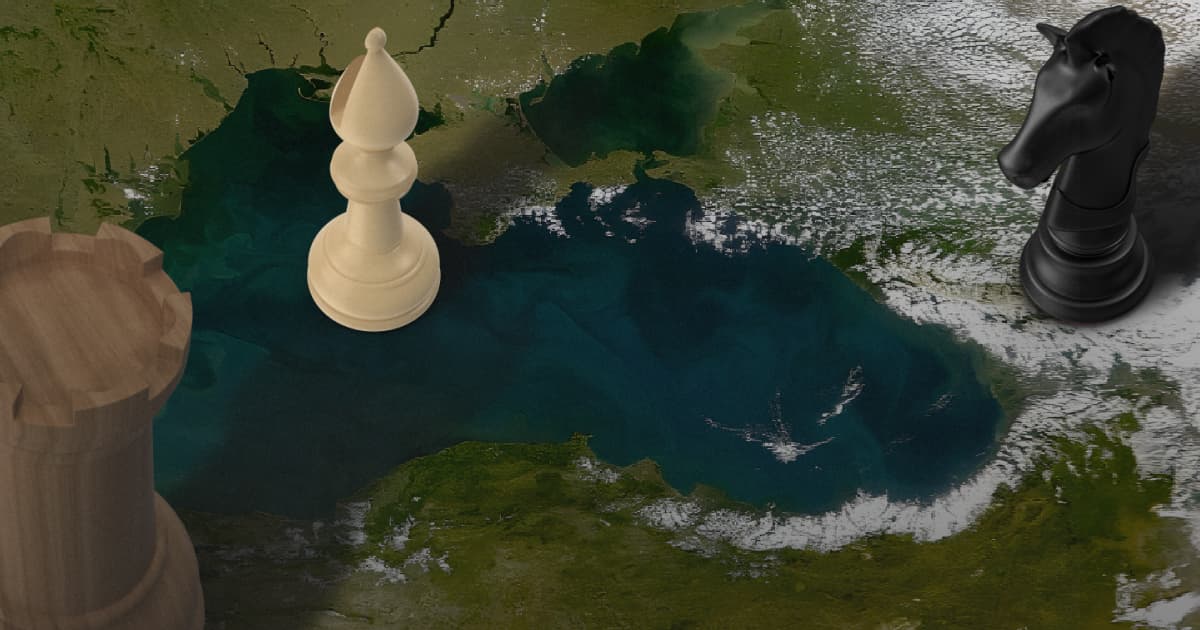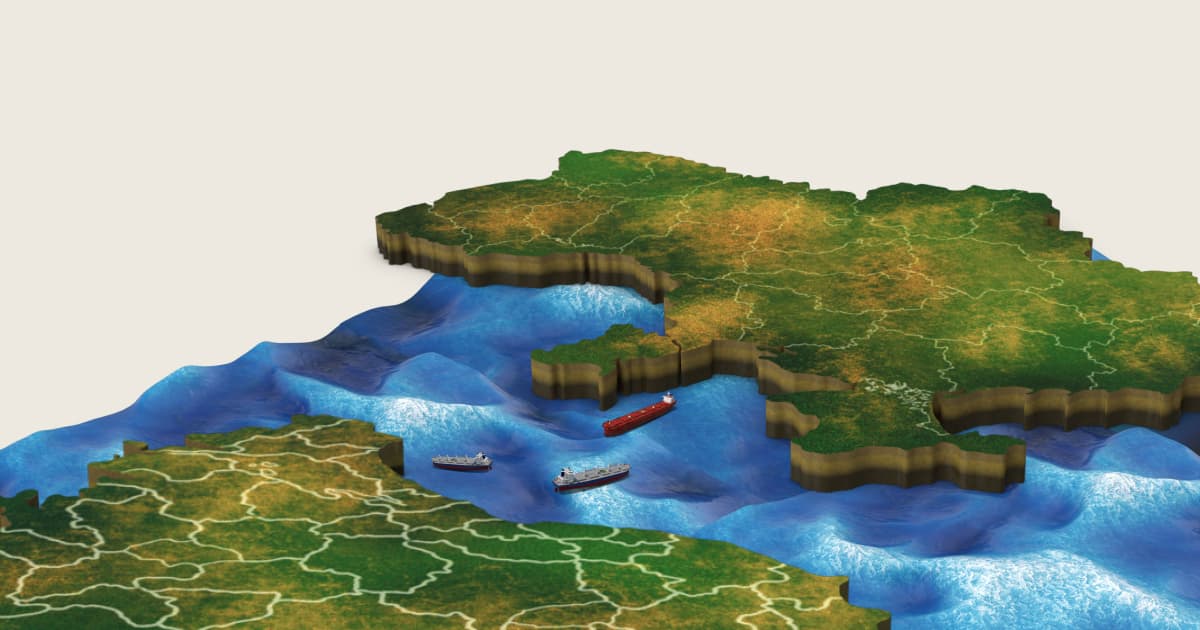Grain, Drones, Oil: The Black Sea basin after the deal

On July 18, 2023, after just under a year of existence, the Initiative on the Safe Transportation of Grain and Foodstuffs from Ukrainian ports ceased to function. Although, at the time, the grain deal was more dead than alive, its termination further complicated Ukrainian grain exports. However, there is also a positive side. Despite all the difficulties, Ukraine managed to prepare for this situation.
Ammonia and betrayal
On July 22, 2022, Ukraine signed an agreement with Türkiye and the UN to create a corridor in the Black Sea for grain exports. Russia signed a "mirror" agreement with Türkiye and the UN. The text of the agreement refers not only to the sea transportation of grain but also fertilisers, including ammonia. There are no specific details about that.
Russia demanded this during the initial negotiations on the agreement. The Kremlin demanded that the Tolyatti-Odesa ammonia pipeline resume its transit work in Ukraine. This would have allowed Russia to kill two birds with one stone — to make profits from ammonia exports and deepen conflicts in Ukrainian society. Like, while we are at war, they are trading.

The Russians have not invented anything new, they have only tried to exploit the conflicts that already exist in Ukrainian society. They used the situation with Petro Poroshenko's Roshen factory in Lipetsk, Russia, in a similar way. After the Minsk agreements, the then president became a personal enemy for many revolution participants and frontline soldiers, especially those with right-wing political views. For example, on December 6, 2014, activists seized the building of the Vinnytsia Regional State Administration, and their leader Yurii Pavlenko tore up a portrait of Petro Poroshenko that hung in the office of the head of the administration.
However, there are no threats to the Russian Federation related to the operation of the ammonia pipeline. Although Russian society supports the full-scale invasion, it is not very active in engaging in it, let alone criticising the government. Most people would be completely indifferent to whether Russia makes money from trade with Ukraine while destroying it. So the Kremlin has identified its competitive advantage and tried to exploit it.
That is why the grain deal, although it brought money to Ukraine's budget, was a Trojan horse for Russia. In order to make the trap work, the Kremlin gradually increased the pressure, letting fewer and fewer ships through. Although the data on export volumes were publicly available, the Russian Navy leadership decided they needed to make a separate presentation on the topic for the Kremlin.
The presentation got to the Defence Intelligence of Ukraine and confirmed the obvious. The Russians deliberately blocked the initiative, documenting every step they took to do so, so that they could report it to their superiors. For example, on March 30, Russian inspectors stopped allowing ships to enter the Pivdennyi port "due to the lack of progress in the transportation of Russian ammonia." When it failed to play the ammonia pipeline card or get sanctions lifted for Russian Agricultural Bank, the Kremlin went ahead and cancelled the deal.

Post-agreement period and negotiations by other means
Immediately afterward, Russia launched a series of air strikes on Ukraine's agricultural infrastructure. In his presentation to the Kremlin, Rear Admiral Eduard Luyk acknowledged that Russia's goal was to prevent Ukraine from making money from selling its products.
However, the Ukrainian strategy also took into account that the agreement would be only temporary. When it stops working, Ukraine will need to resist the Russian fleet. Therefore, the first year of the initiative was used to create USVs (uncrewed surface vessels) and integrate them into the country's strategy. The Russians first spotted such a drone on a beach near the port of Aqyar (Sevastopol) in September 2022. A month later, the drones achieved their goal of damaging the Russian ship Ivan Golubets.
So, on July 17, on the eve of the end of the agreement, and when Russia's decision to withdraw was obvious, Ukraine used those drones against the illegally built Kerch bridge. After that, on July 20, the Ministry of Defence of Ukraine banned passage through the Kerch Strait.
Later, on August 4 and 5, the Ukrainian military attacked the large landing ship Olenegorsky Gornyak in the port of Novorossiysk and the tanker Sig near the Kerch Strait. The tanker transported fuel for Russian fighter jets. The Head of the Institute for Strategic Black Sea Studies, Andrii Klymenko, called these actions "a continuation of the grain negotiations."

What systemic impact will such strikes have? First of all, it is a demonstration effect. It is not surprising that CNN was able to film a story about the base where Ukrainians train to use naval drones. All of these steps should increase the cost of chartering and insuring ships for Russian exporters, and thus Russian trade.
In addition, Novorossiysk plays an important role in the export of Russian and, importantly, Qazaq oil. Ukraine is demonstrating its ability to target port infrastructure. This could push Qazaqstan to develop other routes for oil exports. And foreign businessmen investing in the Qazaq oil industry will have to pay more attention to Ukraine's position on economic activity in Russia in exchange for security guarantees for their own interests.


